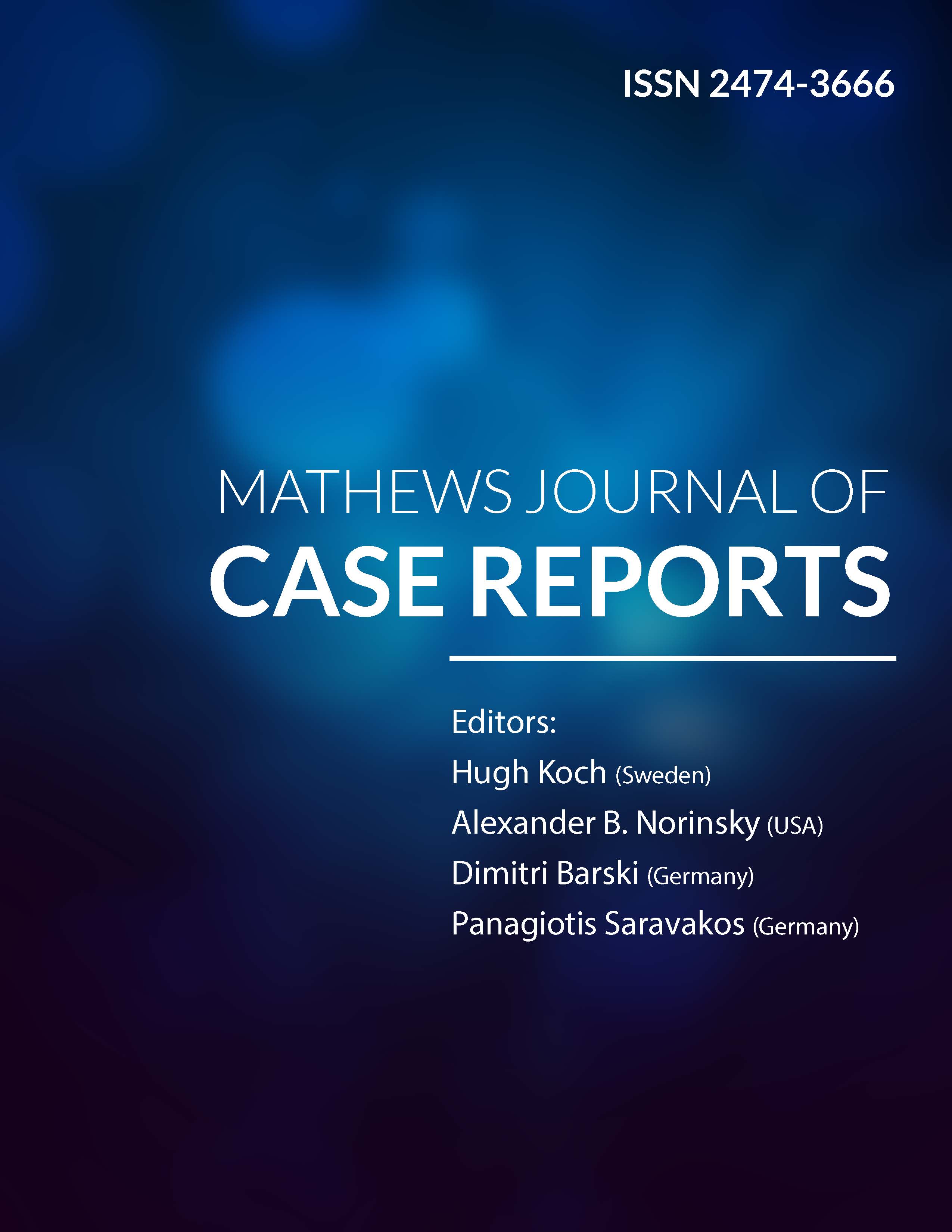
Information Links
Previous Issues Volume 5, Issue 2 - 2020
Endoscopic Keyhole and Microsurgery Approach to Cerebellopontine angle Tumors: Surgical outcomes
Orestes López Piloto*, Tania Margarita Cruz Hernández, Gabriela Tania Liñán Barreto, Claudia Díaz Villalvilla Flores, Orestes López Ayala, Ernesto Torres Garcia
Neurology and Neurosurgery Institute, Havana, Cuba
*Corresponding Author: Orestes López Piloto, Neurology and Neurosurgery Institute, Havana, Cuba, Email: [email protected]
Received Date: November 09, 2020
Publication Date: December 27, 2020
Copyright: Piloto OL, et al. (2020).
Citation: Piloto OL, et al. (2020). Endoscopic Keyhole and Microsurgery Approach to Cerebellopontine angle Tumors: Surgical outcomes. Mathews J Case Rep. 5(2):65.
ABSTRACT
Objective: To evaluate the results of endoscopic approach versus the conventional approach in the surgical treatment of pontocerebellar angle tumors.
Methods: An observational, comparative, ambispective and cross-sectional study was carried out in 105 patients with tumors of the pontocerebellar angle, approached at the Neurology and Neurosurgery Institute (NNI) in the period between January 2015 and December 2019. They used clinical, surgical, pathological, auditory and imaging variables.
Results: 28.6% of the cases and 30% of the controls were between 50 and 59 years old. 60% of the cases and 57.1% of the controls were women. The tumor was on the right side in 68.6% of the cases and 67.1% of the controls. Hearing loss was found in 80% and 84.3% of cases and controls, respectively. Schwannoma was found in 82.9% of cases and 85.7% of controls. Postoperative facial function was classified as grade I in 60% and 48.6% of cases and controls, respectively, while auditory was classified as class I in 74.3% and 61.4% for both groups, respectively. The frequency of complications was 40% in cases and 51.4% in controls.
Conclusions: The age group of 50-59 years prevails in the study, female sex, hearing loss and headache as a clinical picture and schwannoma as a histological variant. The retrosigmoid endoscopic keyhole achieves a greater degree of tumoral resection, postoperative facial and auditory function compared to the conventional approach. Facial paralysis is identified as the most frequent complication.